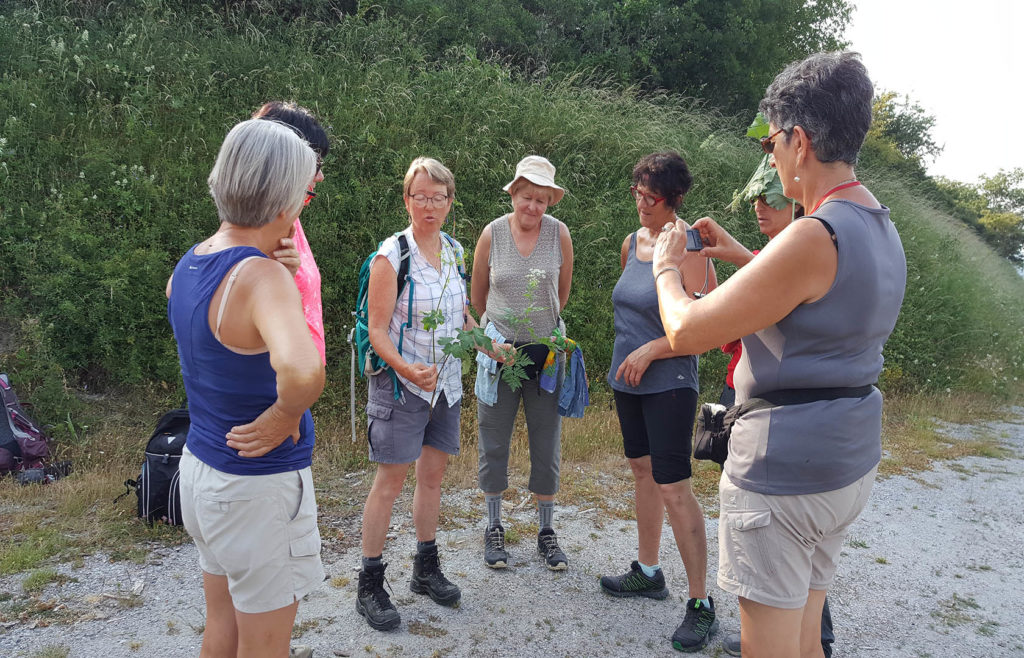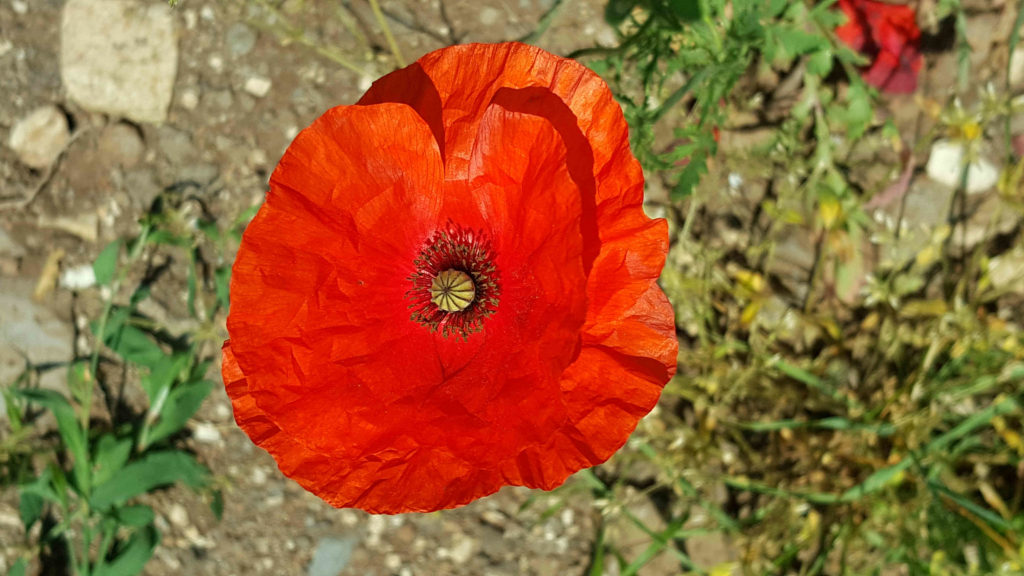HIKING FOR FLOWERS?
As a botanist, I never tire of discovering and studying new flowers and shrubs, which constantly remind me of the infinite variety of the world of plants. Increasingly sophisticated scientific knowledge is teaching us about the chemical composition, the detailed communications between plant communities, and the way they adapt to their environment. And sometimes we find that what science is (re)discovering today was already “known” as part of the wisdom acquired empirically from centuries of observation!
A botanical hike is a fantastic moment of immersion in the plant world, where you can hear stories about its secrets, learn the principles that govern it, grasp its complexity, and especially appreciate its beauty!
This immersion in the world of plants takes several forms:

- Focus points during the hike. Two to three times a day, in sites identified in advance, I will teach you something new: how to recognize the major botanical families, discover plant communities and how they are associated, show you the links between climate and plants, help you understand different soils and how they are formed, see how plants shape a civilization and vice versa, show you what can be seen with the naked eye or through the magnifying glass, and more.
- A continuous lesson in herbalism. Throughout the hike, we will be finding and naming plants, learning which family they belong to and their medicinal or culinary properties, learning to use a herbal to identify them – over and over again, because “Practice makes perfect”!
- Hands-on workshops. Some evenings I organise practical workshops at the hostel, in which anyone who wants can learn to prepare salves from the plants we’ve found, to dissect and examine the infinite variety of names of plants and their different parts, to try and use the different senses to help identify certain plants, and so on.
- Gourmet hiking. Thanks to our super-Steward, every evening meal includes a dish based on plants: plantain pesto, elderflower flan, or dandelion pie. And when you’ve enjoyed it, Scar gives you the recipe! As we walk along, we also taste whatever is edible, because recognition depends on all five senses and taste is sometimes important for differentiating between different plants.
- My travelling library. There will be a trunk full of books waiting for us every evening, that you can use out of curiosity or to study a subject in greater depth. Herbals, books about the medicinal properties of plants, their connection with different soils, or plants in history: books for all tastes, to devour on the spot or to add to your shopping list.
As a geobiologist, I tend to look at landscapes rather differently, and vegetation is part of this different approach: plants can tell you that you’re in an area of flaws, that there is groundwater or surface water nearby, maybe an energy vortex, etc. I therefore also propose a few exercises to show the energy of plants, or water divining with dowsing wands, with a pendulum or simply by listening to what your body tells you.


